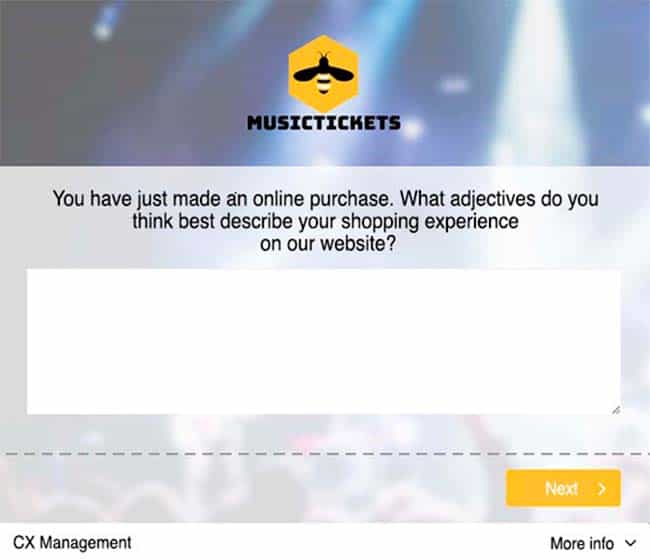Filter questions, otherwise known as contingency questions, are used in studies and surveys to target respondents and route them to questions that apply to them. This classic targeting method has been used for decades. Over the past few years, a more modern approach has emerged: highly targeted surveys. So, what is a filter question? What...
Filter questions, otherwise known as contingency questions, are used in studies and surveys to target respondents and route them to questions that apply to them. This classic targeting method has been used for decades.
Over the past few years, a more modern approach has emerged: highly targeted surveys.
So, what is a filter question? What are its limits? In what way are ultra-targeted surveys a modern alternative? Read on to find out.
What is a Filter Question? [Definition]
As the name suggests, a filter question is a question that aims to filter survey respondents. This age-old process is also used to target survey and customer/marketing study respondents.
Two Examples of Filter Questions
Let’s take an example to illustrate how a filter question works: “Are you a home-owner?”

Depending on the answer, you can redirect the respondent to the questions that apply to them. For example, you could divide the next questions into two groups:
- Questions 2 to 6 apply to home-owners.
- Questions 7 to 10 apply to tenants.
Respondents who answer “Yes” to the first question will be asked to answer questions 2 to 6, whereas the respondents who answer “No” will be rerouted to questions 7 to 10.
Let’s take another example: “Are you interested in [name of a service or product]?”. If the survey is about that particular product or service and the respondent answers “No”, then they are redirected to a thank you page, as the survey does not apply to them. Only those who answer “Yes” are rerouted to the next part of the survey.

If the survey is deployed on the Internet, this rerouting can be automatic. For example, the Skeepers CX Management solution allows to configure confidentiality rules so as to personalise the questions according to the answers given to previous questions.
Filter Questions, a Classic Solution to Target Survey Respondents
The filter question method is a classic way to target respondents in customer/marketing studies and surveys. Filter questions ensure that you only ask respondents questions that apply to them.
If the survey is administered in a paper format, the respondent is instructed to skip to the questions that apply to them. If the survey is online, only the filtered questions are displayed.
The Modern Alternative to Filter Questions: Highly Targeted Surveys
Filter Questions are Based on Post-Hoc Targeting
Filter questions allow to target respondents within a survey. When a respondent starts a survey, the filter question either:
- Redirects them to the applicable questions.
- Or invites them to “exit” the survey if they are not the target audience.
The sorting and filtering process takes place after the survey or study has been deployed. Which is the main disadvantage of classic filter questions. As a result, surveys or studies are sent to respondents who don’t fit the target, which can:
- Impact the quality of collected answers.
- Irritate certain respondents.
- Increase study or survey costs.
But today, there is an alternative to filter questions.
Highly Targeted Surveys
This alternative takes the form of highly targeted surveys.
A highly targeted survey is a survey that is:
- Designed for a specific target audience that is qualified beforehand and includes precise questions.

Highly targeted surveys tend to be short because all the questions apply to the target respondent. This is a huge advantage compared to classic surveys based on filter questions, simply because short surveys have a better response rate.
Highly targeted surveys are designed, in theory, with a specific target audience in mind. This differentiates them from mass surveys that filter respondents with contingency questions. As mentioned above, the filter method leads to potentially non-relevant respondents receiving the survey and to targeting after deployment. Whereas a highly targeted survey targets its audience before deployment.
Highly targeted surveys have another characteristic: they are “smart”. This means that they are triggered at the right time in the customer journey, based on customer behaviour (triggers), and that they are personalised with customer data (mainly CRM). Which means that filter questions are no longer necessary.
For all these reasons, highly targeted surveys are slowly replacing classic filter question surveys. We hope to have convinced you of the benefits of this modern approach!








